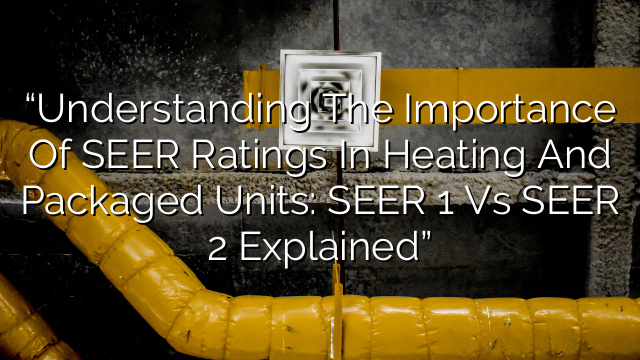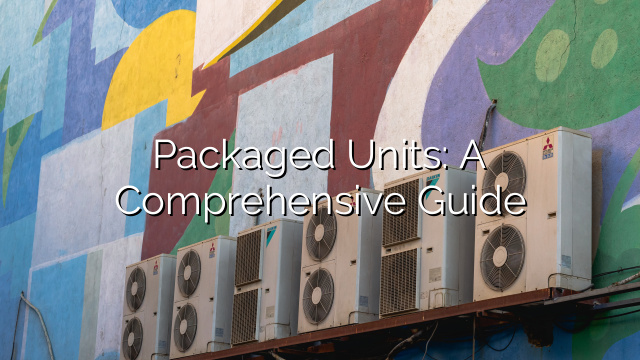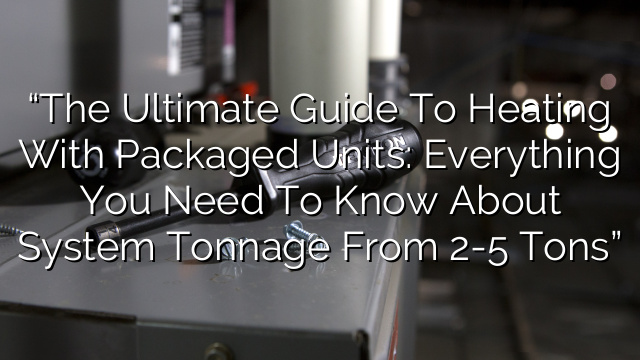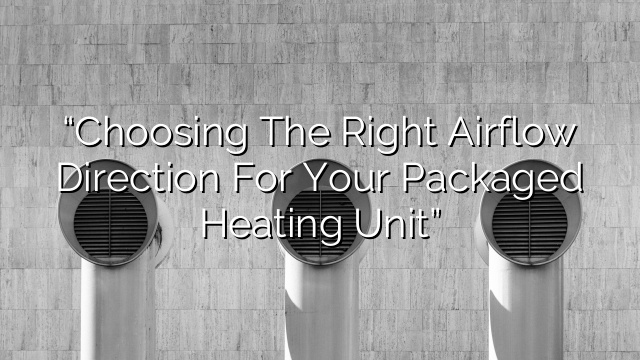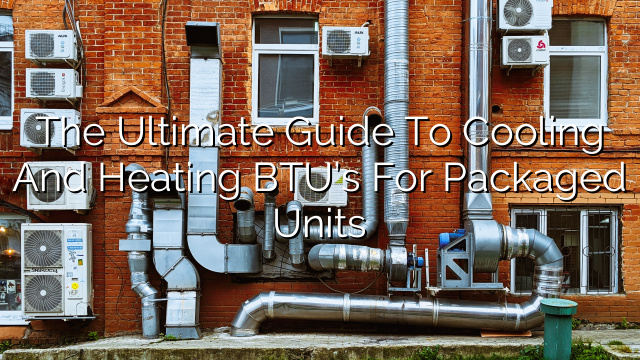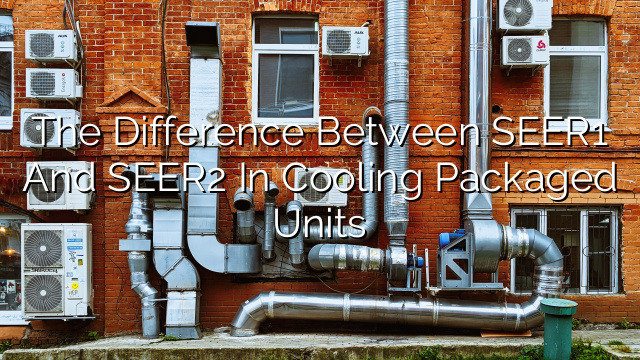The Importance of SEER Ratings in Heating and Packaged Units
When it comes to heating and packaged units, one of the most important factors to consider is the SEER rating. SEER, which stands for Seasonal Energy Efficiency Ratio, is a numerical representation of how efficiently an air conditioner or heat pump operates. The higher the SEER rating, the more energy-efficient the unit is.
Why are SEER Ratings Important?
SEER ratings are important for several reasons. First and foremost, they provide consumers with a way to compare the energy efficiency of different heating and packaged units. By choosing a unit with a higher SEER rating, homeowners can save money on their energy bills and reduce their carbon footprint.
Additionally, SEER ratings play a role in determining whether a heating or packaged unit meets the minimum efficiency standards set by the U.S. Department of Energy. Units with higher SEER ratings are more likely to meet these standards, ensuring that homeowners are getting a high-quality product that will provide reliable heating and cooling.
Understanding SEER Ratings
SEER ratings are determined by dividing the cooling output of the unit over a typical cooling season by the energy it consumes in watt-hours. The resulting number represents the amount of cooling provided per unit of energy consumed. The current minimum SEER rating for air conditioners and heat pumps is 13, while some units can have SEER ratings as high as 25 or more.
SEER 1 vs SEER 2 Explained
While most people are familiar with SEER ratings, fewer understand the difference between SEER 1 and SEER 2. Simply put, SEER 1 is the standard SEER rating that is used to calculate the energy efficiency of a unit under normal operating conditions. SEER 2, on the other hand, takes into account additional factors such as temperature extremes and elevated humidity levels.
SEER 2 is designed to provide a more accurate representation of how a heating or packaged unit will perform in real-world conditions. By factoring in these additional variables, SEER 2 offers a more comprehensive view of the unit’s energy efficiency.
It’s important to note that SEER 2 ratings are typically lower than SEER 1 ratings. This is because the additional factors taken into account by SEER 2 can cause the unit to operate less efficiently in certain conditions. However, it’s worth considering that SEER 2 ratings provide a more accurate reflection of how the unit will perform in the real world.
Choosing the Right SEER Rating
When choosing a heating or packaged unit, it’s important to consider the SEER rating that will work best for your needs. A higher SEER rating may provide greater energy efficiency and cost savings in the long run, but it may also come with a higher upfront cost.
It’s important to balance these factors and consider your specific climate and usage patterns when making a decision. If you live in a region with mild temperatures, a lower SEER rating may be sufficient. However, if you live in a region with extreme temperatures or high humidity, a higher SEER rating may be worth the investment.
FAQs
- What is the minimum SEER rating for air conditioners and heat pumps?
The current minimum SEER rating for air conditioners and heat pumps is 13.
- What is the difference between SEER 1 and SEER 2?
SEER 1 is the standard SEER rating that is used to calculate the energy efficiency of a unit under normal operating conditions, while SEER 2 takes into account additional factors such as temperature extremes and elevated humidity levels.
- Should I choose a heating or packaged unit with a higher SEER rating?
The choice of SEER rating depends on several factors including your climate, usage patterns, and budget. A higher SEER rating may provide greater energy efficiency and cost savings in the long run, but it may also come with a higher upfront cost.
- Is it worth investing in a heating or packaged unit with a higher SEER rating?
Investing in a heating or packaged unit with a higher SEER rating can be worth it, especially if you live in a region with extreme temperatures or high humidity. In the long run, units with higher SEER ratings can save you money on energy bills and reduce your carbon footprint.
- How can I determine the most appropriate SEER rating for my needs?
To determine the most appropriate SEER rating for your needs, consider your specific climate, usage patterns, and budget. Consulting with a heating and cooling professional can help you make an informed decision.

